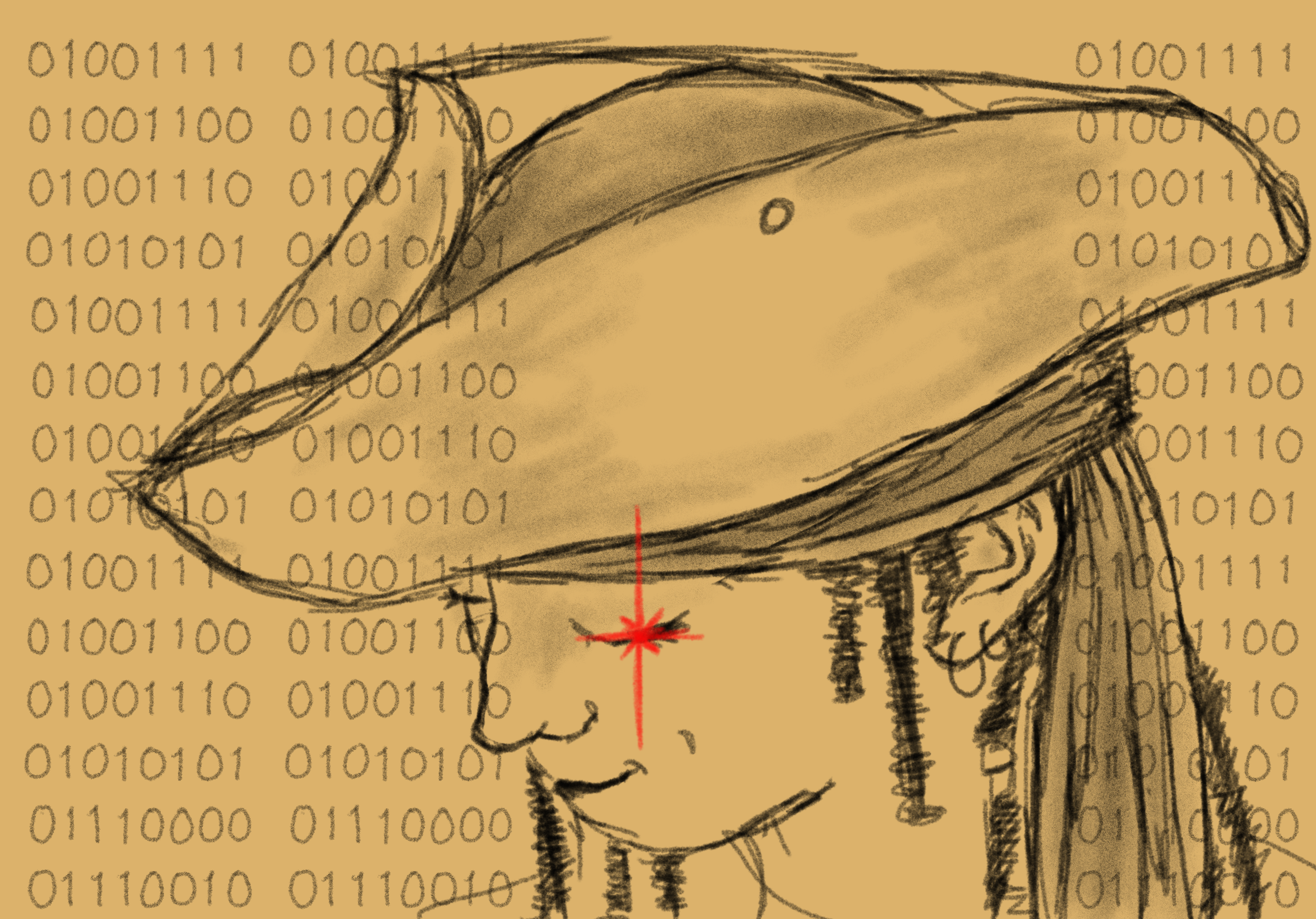
Who am I?
This is the question that underscores the lives of so many, striving to know why, how, and who they are. Self-expression in art is the attempt to explore this question. Many artists make work based on personal experience, pieces of their own identity, or even just renditions of themselves. This type of art has been around for a long time, showing up in the work of many well-known artists of all different mediums.
Early art was often created for historical notation and the people who could make art were people who had had art as their vocation. However, even during this period, personalization in style and imagery was still recognized. An artist’s vision was mostly supposed to be rooted in fact, but the flair of the personal added dimensions to art that people could relate to.
As time went on, style and imagery became a lot more important, artists became less involved with institutions, and art as a vocation was seen as less of a noble pursuit. This was when self-expression as an idea really came into its own. In the modern day, most art is dedicated to self expression.
But what does it really mean to express yourself?
To understand a general idea like happiness is simple. There are words and ideas we associate with happiness, but to describe the exact type of happiness you feel based on your own personal life experiences, wants, hates, loves, and all those facets of what we are, is impossible to describe in that same way we describe general happiness. Often, self-expressive art attempts to use generalisations of things we know – like happiness is yellow, for example – and use them to create an environment that can mimic the specific feeling. It asks that you walk around in someone else’s mind and see the things that they do. To do this well is not easy, as everyone varies.
In the age of social media and a culture still strongly addicted to beauty, the self becomes an incredibly interesting topic, for it brings up questions of narcissism in the art world. The narcissistic artist may unflinchingly provide their own world view, but they also lead lives of loneliness and artistic stagnation. To focus entirely on oneself can be detrimental to both the witness and creator. The attachment to your own image is different from the exploration of it.
What you must do to keep away from the path of self-obsession without meaning as an artist is to instead create in the pursuit of connection.
Art connects all people because art can be seen as almost anything. This desire for self-expression is also a desire for connection. The artist wants to be understood. The witness wants to understand. The connection happens somewhere in-between that. We can never truly understand each other as people, but we can form connections on experiences that are collective to understanding. An abstract piece may be trying to illustrate a more abstract emotion, while a less abstract piece may attempt to illustrate a concept or idea. These connections help us better understand each other as people.
Most people value a piece of art’s connection to emotions. What a piece conveys and how it affects our emotional state. If something makes us sad or happy or any variant of that. A piece of art’s emotional weight is determined by many things in both the experience of the creator and the witness. If both parties have had similar experiences, the witness may be more moved or swayed by the creator’s work. Those who shy away from the emotional aspects of art are missing the connections and truth you can find if you allow yourself to just look. Look at art the way you are now, connect with it as the person you are and you will find out so much about people, including yourself.
We are stuck in our own heads until the day we die. While we are here, it is nearly impossible not to try and figure out how you fit in the ever-moving cogs of the world. Art can help us look at these cogs, look at each other, and at our world from a point far away. We are all connected in our loneliness, and if we can see that connection, that someone else can feel something like what we do, we won’t get lost in our heads.



